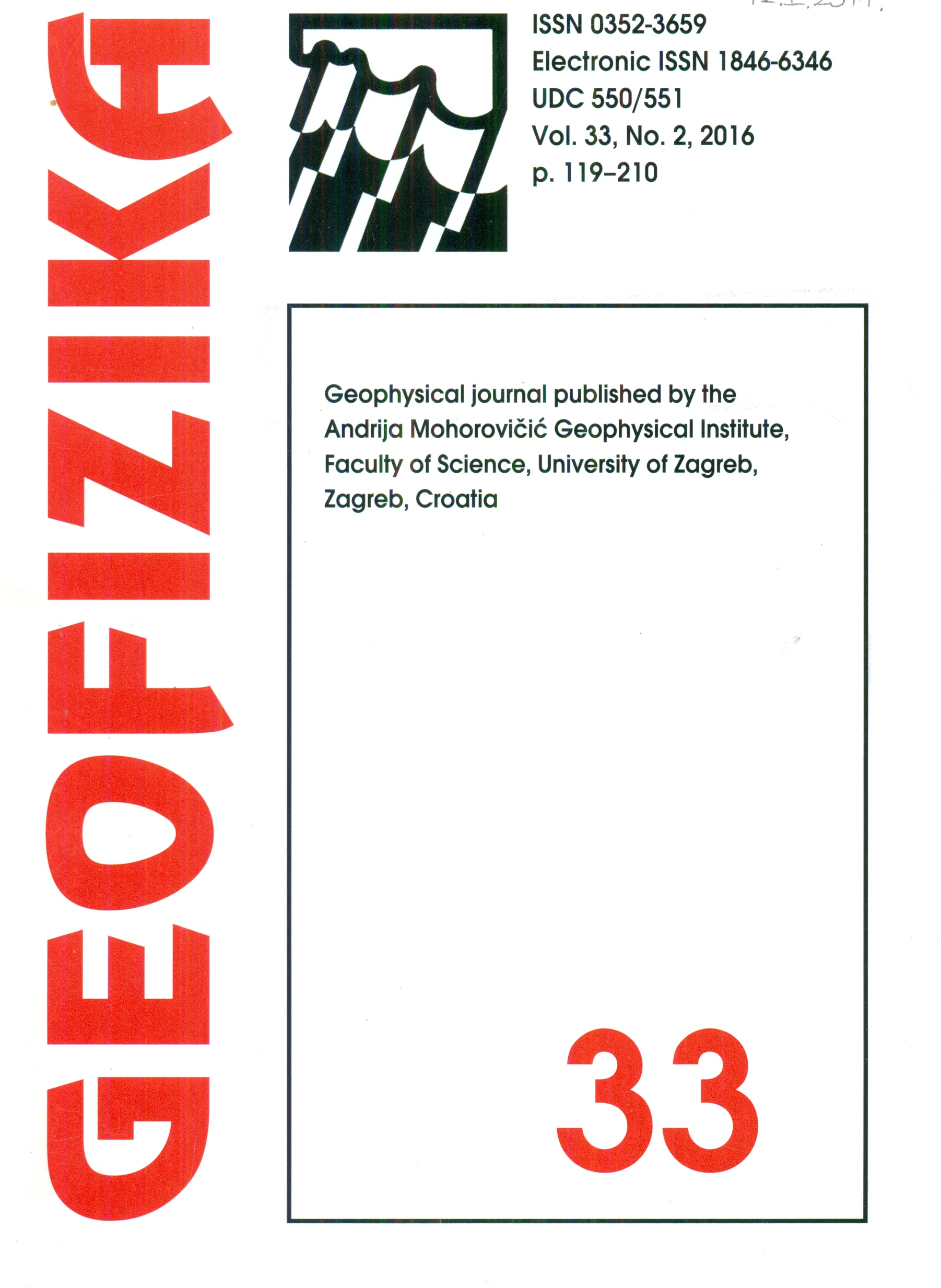Modeling shear stress distribution in natural small streams by soft computing methods
DOI:
https://doi.org/10.15233/gfz.2016.33.11Keywords:
ANN, ANFIS, linear regression, shear stress, stream, turbulent flowAbstract
Artificial intelligence (AI) systems have opened a new horizon to analyze water engineering and environmental problems in recent decades. In this study performances of ordinary kriging (OK) as a linear geostatistical estimator and two intelligent methods including artificial neural networks (ANN) and adaptive neuro-fuzzy inference system (ANFIS) are investigated. For this purpose, geographical coordinates of 120 observation wells that located in Tabriz plain, north-west of Iran, were defined as inputs and groundwater electrical conductivities (EC) were set as output of models. Eighty percent of data were randomly selected to train and develop mentioned models and twenty percent of data used for testing and validating. Finally, the outputs of models were compared with the corresponding measured values in observation wells. Results indicated that ANFIS model provided the best accuracy among models with the root mean squared error (RMSE) value of 1.69 dS.m-1 and correlation coefficient (R) of 0.84. The RMSE values in ANN and OK were calculated 1.97 and 2.14 dS.m-1 and the R values were determined 0.79 and 0.76, respectively. According to the results, the ANFIS method predicted EC precisely and can be advised for modeling groundwater salinity.
Downloads
Published
Issue
Section
License
Copyright (c) 2021 Geofizika journal

This work is licensed under a Creative Commons Attribution-NonCommercial 4.0 International License.

